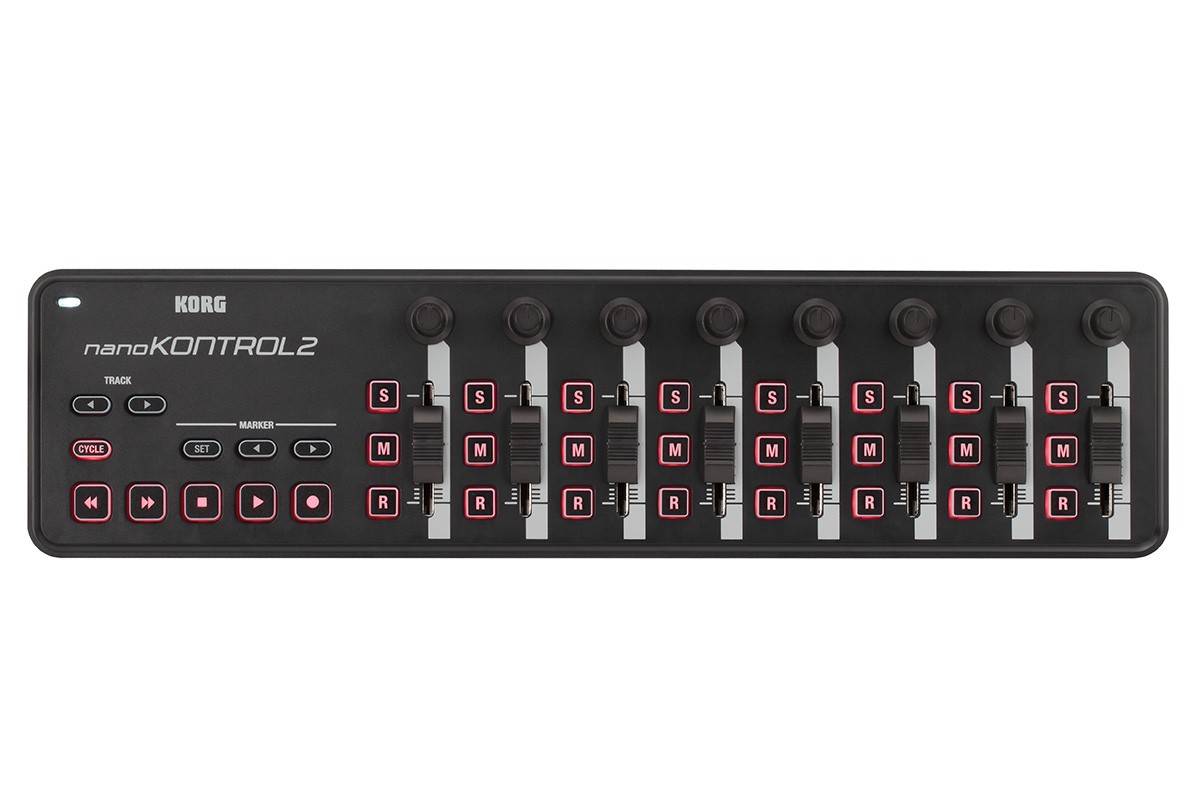First of all, let me apologize if this isn't the correct place to ask this. This is the one of the best places for my question that I've seen so far.
I've been designing a box for on my desk that allows me to control separate program volumes using potentiometers. I use the Windows volume mixer and some program volume control a lot, but using this saves me a lot of time (plus I'm doing this for fun and learning).
What it does is take 1 USB signal, and turn it into 4 playback devices. One with music linked to it, one with Discord, etc. Then I have potentiometers to control the signal strength/volume. Then the signals get combined again for the output.
My question is about the playback devices. I don't want to use many USB ports and >3.5mm sound cards/converters, seeing as that will presumably make the sound quality deteriorate. I want to now at step 1 not convert the signal to 3.5mm and keep it as USB, but then I can't use a sound card/playback device. Is it possible for me to find a workaround for this?
So far I have 2 ideas myself but I don't know if they're possible: 1: Add soundcards at step 1 and make the wires to the potentiometers to step 2 tap into the wires running to the soundcards, so that they run in parallel and receive the same signal. 2: Somehow get the USB wires to be seen as playback devices. Unfortunately, I wouldn't even know where to start with this.
Thank you very much for taking the time to read this (long) post. If anything is still unclear about my project, the (rough) schematic and breakdown of the steps are shown below:
Steps:
- The one USB cable from the PC gets split into 4 and the 4 USBs get converted to 3.5mm. The converters from USB to 3.5mm will have to be usable as playback devices.
- 4 potentiometers (1 per 3.5mm cable) are used to control the voume of each specific subject (1 through 4).
- The 4 3.5mm cables/channels get fused back into 1. There is 1 potentiometer afterwards for general volume control.
- The 3.5mm gets converted to USB.
- A switch decides whether the signals of the input gets through. AKA, whether the sound is muted.
- A switch decides wether the signal goes to the speakers or the headset.
- The USB signal goes into a USB sound card, where it gets altered and converted into 3.5mm. And then the USB signal gets converted into 3 3.5mm signals: Front out (Green), Rear out (Black), and Center/Subwoofer out (Orange) using a USB sound card.


